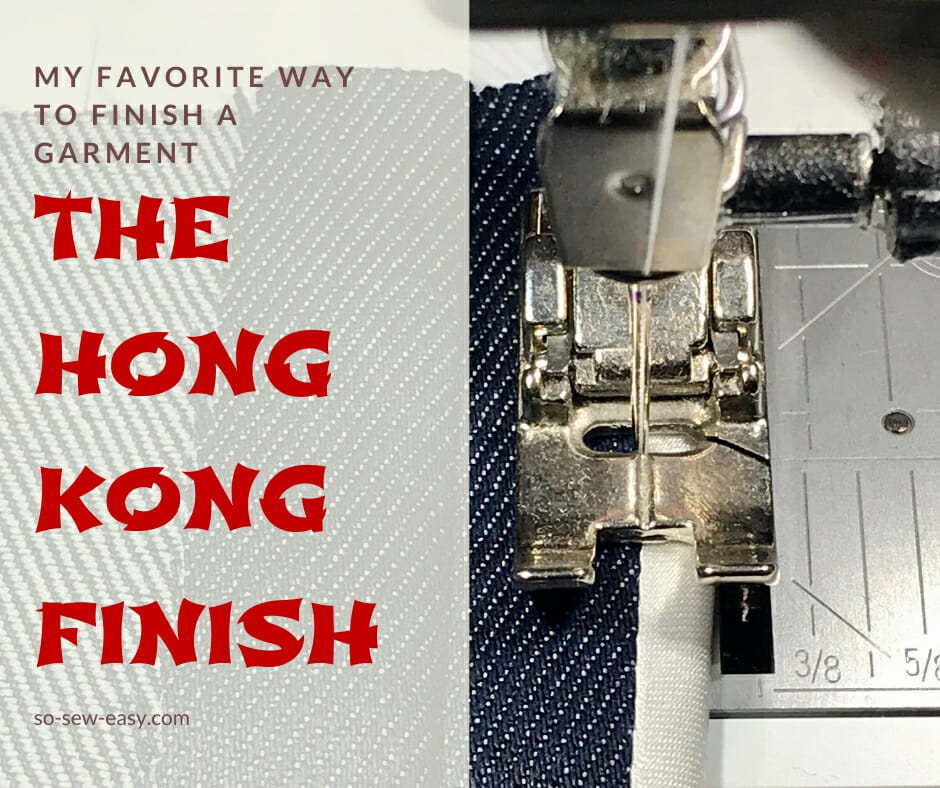
The Hong Kong finish is my favorite way to finish a seam. I discovered it when I was 13 years old on a garment my grandmother wore…a corset. My sewing machine could only do a straight stitch and an ugly zigzag. So I took to using the Hong Kong finish like a duck to water. But I always wondered why it had that name?
The answer was given to me in 1999 by one of the oldest living tailors in Singapore. After all, this type of seam finish has been a favorite of Haute Couture throughout the 19th century and is still used today, although it is not called that way, but rather a bias-bound seam finish.
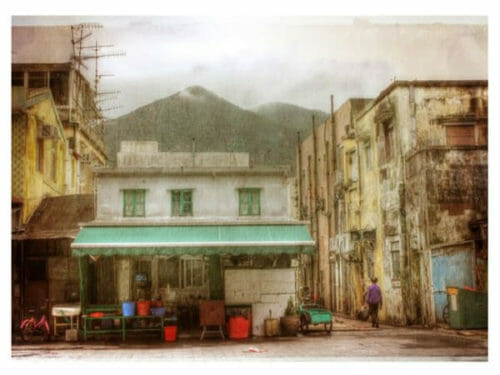

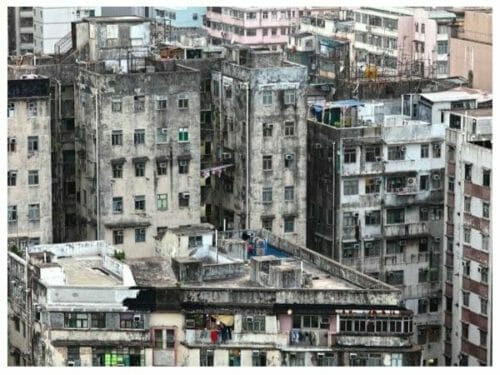

Most people don't realize that this stitch represents one of the reasons Hong Kong got to be as rich as it is today. Many types of manufacturing, including garment manufacturing, shaped the economy of Hong Kong from small fishing villages to ugly overpopulated slums, and finally to dense rows of high-rise buildings.
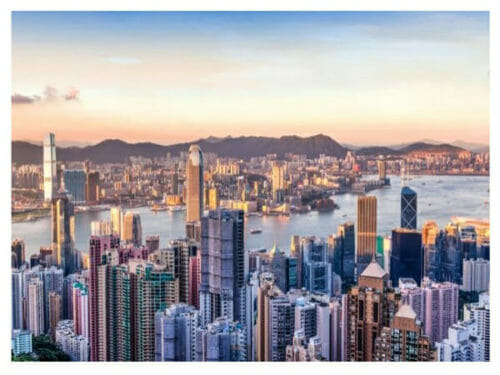

Banking and real estate did the rest…
After the war, European, and American manufacturing of ready-to-wear garments began to use the factories in Hong Kong for the production of their most labor-intensive garments. High-fashion labels found the scarcity of skilled workers and high wages difficult to keep up with the demands of the market. A market that had a ravenous taste for dresses, pantsuits, and jackets made at much cheaper prices than hand-made tailored garments.
Hong Kong manufacturing offered the answers to these companies due to the flow line production process, otherwise known as mass production, which cuts downtime and costs increasing the number of goods that can be manufactured. Summer jackets, pants, and suits for once were able to be worn without the lining, reducing the cost of the garment and the comfortability of the wearer.
The Hong Kong finish became the go-to seam finish for high and mid-market fashion for unlined mass-produced tailored garments. This prompted the growth of many small sewing shops throughout the island specializing in piece work; before sleeves were sewn in the garment or the waist of trouser put in they were sent to be sewn binding the seam allowance with bias tape, hence its name.
How To Make The Hong Kong Finish
There are two ways to do it, buy your own bias tape or make your own. Both have advantages and disadvantages but the main thing you need to remember is to match the bias tape material to the garment. If you have washed the fabric (natural fiber fabric) and are using satin polyester as your fabric this should be ok.
The best fabric to make the Hong Kong finish is cotton batiste, spray starch onto the fabric before cutting and you will end up with a very crisp and easy to work with bias tape.
Using Store-Bought Bias Tape
Step One: Iron or finger press the seam open, this makes it easier to work with.
Open the bias tape and place the slimmer side of the tape right side down
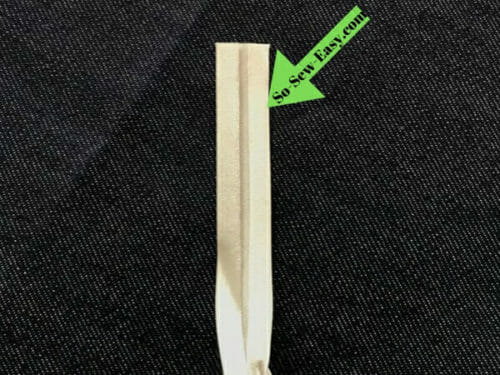

matching the raw edges of both the bias tape and the seam allowance. Sew right on the first crease at 1/4″ from the edge.
Sew on the first crease at 1/4″ from the edge.
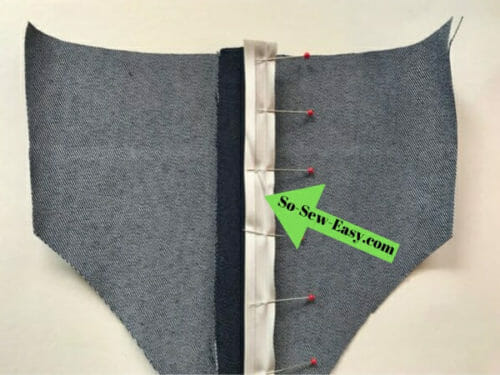

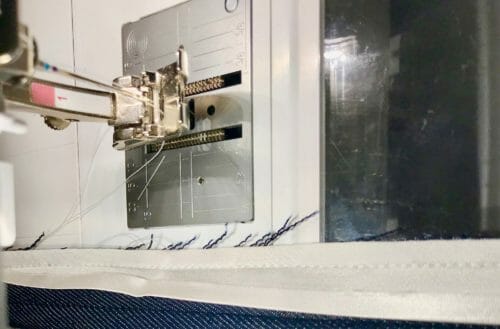

Turn the bias tape over the raw edge of the seam allowance, notice how one side is longer than the other? This is so you can stitch the tape on the right side catching perfectly the underside.
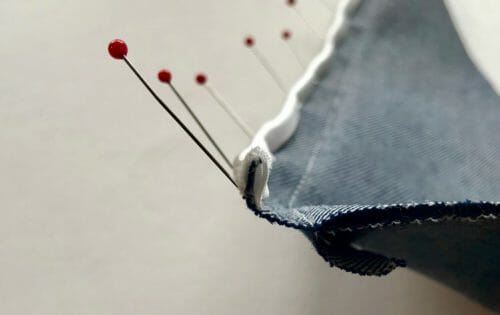

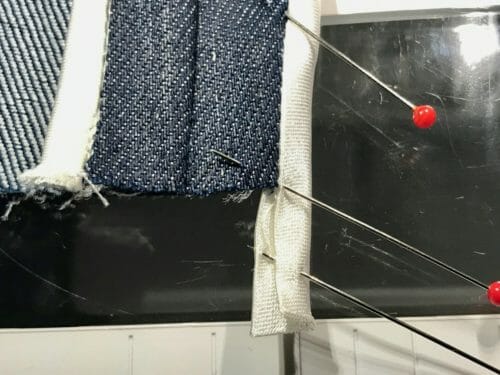

Stitch the bias tape using the stitch on the ditch technique. This is not my best stitch, it requires great concentration and my mind tends to wander.
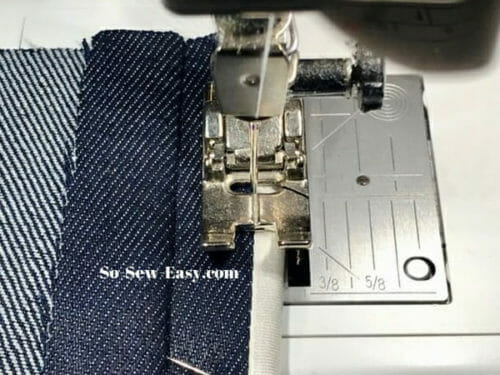

Repeat on the other side.
Here is what the Hong Kong finish looks like in an actual garment. My unlined jacket in reverse.
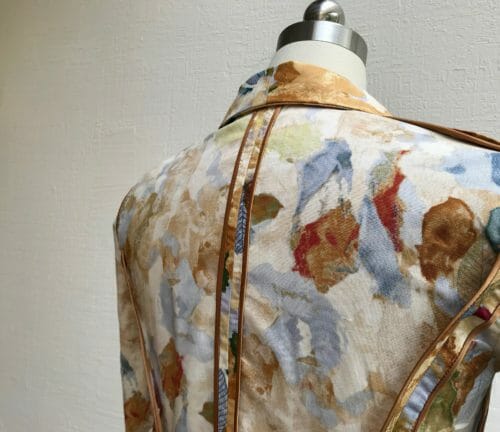

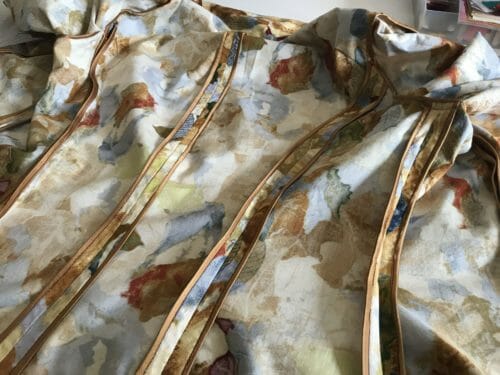

This type of finished has its origins in the handmade garments of the early 19th century where bias strips were cut to bind the seam allowances of the corsets, rendering them much more durable because it protected the fabric (often silk) from raveling.
Its origins were born out of the necessity to make a garment last longer in times when it took weeks to make one. Now its become the trademark finish in an Island where time and speed became their most valuable currency. Small sweatshops have moved away from Hong Kong to be replaced by high-tech garment industries manned mostly by computerized machines, just as it did decades before in Europe. Still, garment manufacturing remains one of the biggest employers of people in Hong Kong today.
The high price of real estate and high wages has forced the factories to invest in the latest technology to replace the labor-intensive part of the production. Technology has made the small sewing shop become more efficient. Today all that remains of those slums are the murals on the walls for tourists and passersby to admire.
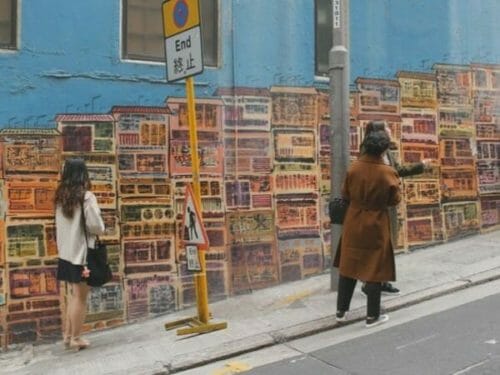

The state of our culture is written in our walls, I can't help to observe in wonder the strong similarities between these two pictures every single square houses a story of hope.
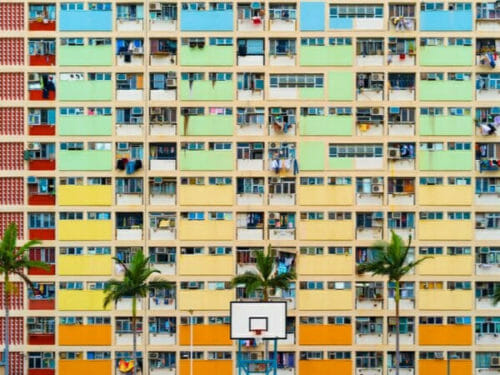



What story is being sewn in Hong Kong today? Will Hong Kong or the finish be the one to remain in the seams of the island's history?
If you find yourselves in Hong Kong do not miss the following places off the beaten track.
Find the Office Hours Blouse project next Sunday, the perfect place where you can practice the Hong Kong Finish seam.
Need another seam finish? Why not try the flat fell seam, perfect for winter fabrics.
Leave in the comments section below if you like this type of seam, have you used it or have ever lived or visited Hong Kong. I am always happy to read your comments, it is my favorite part of writing in this blog.
Kind Regards to all, Happy Sewing!











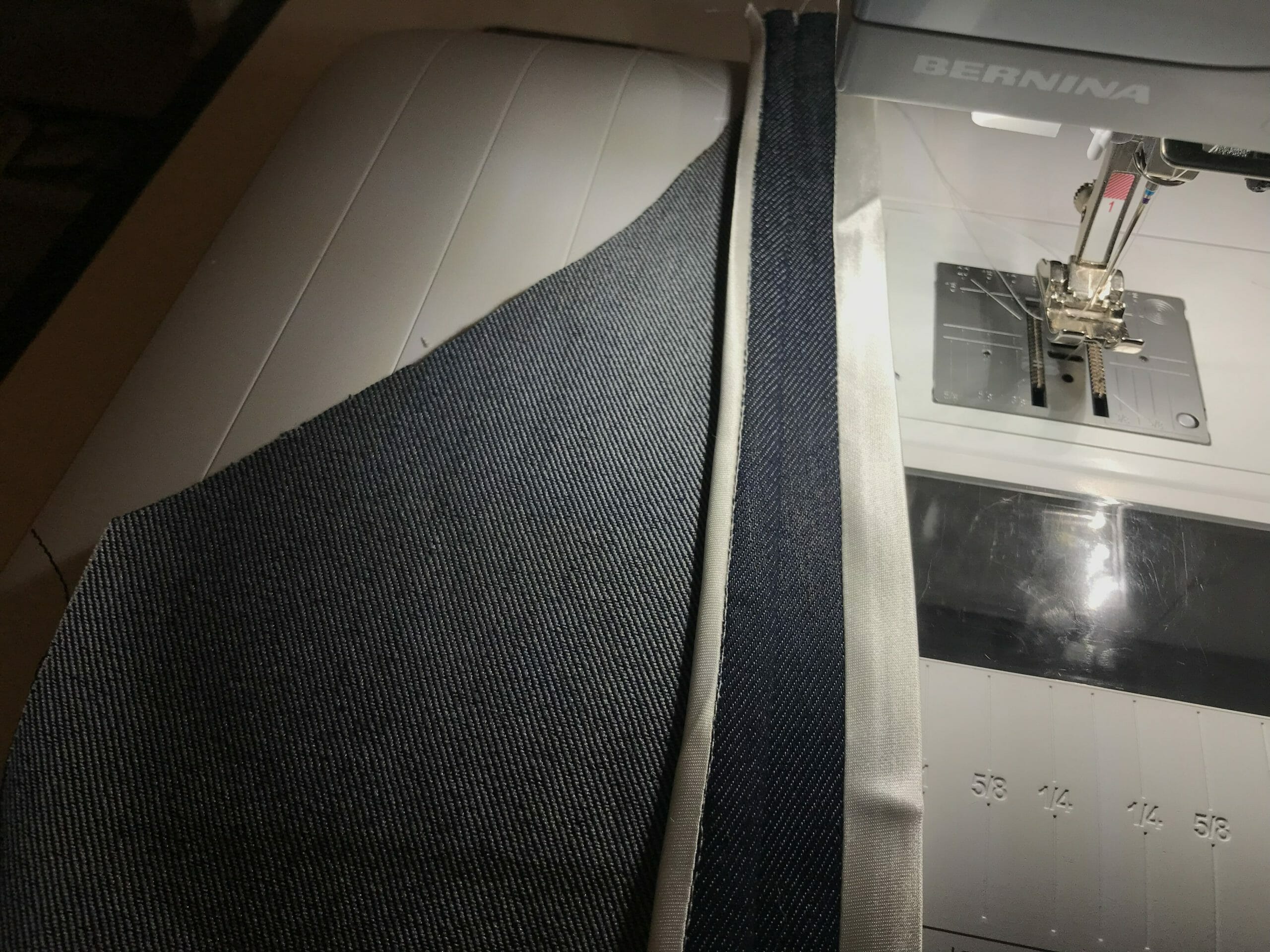
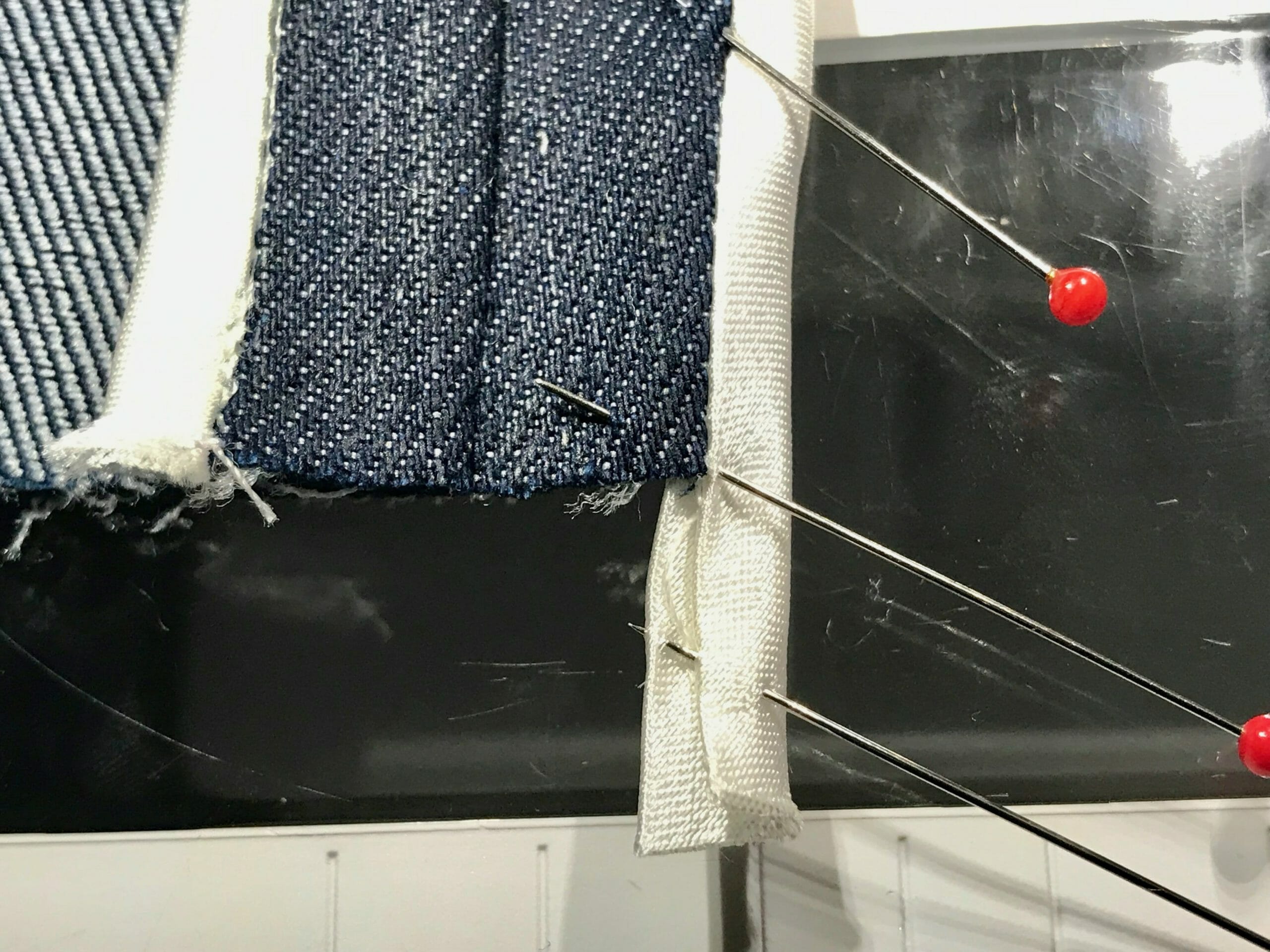
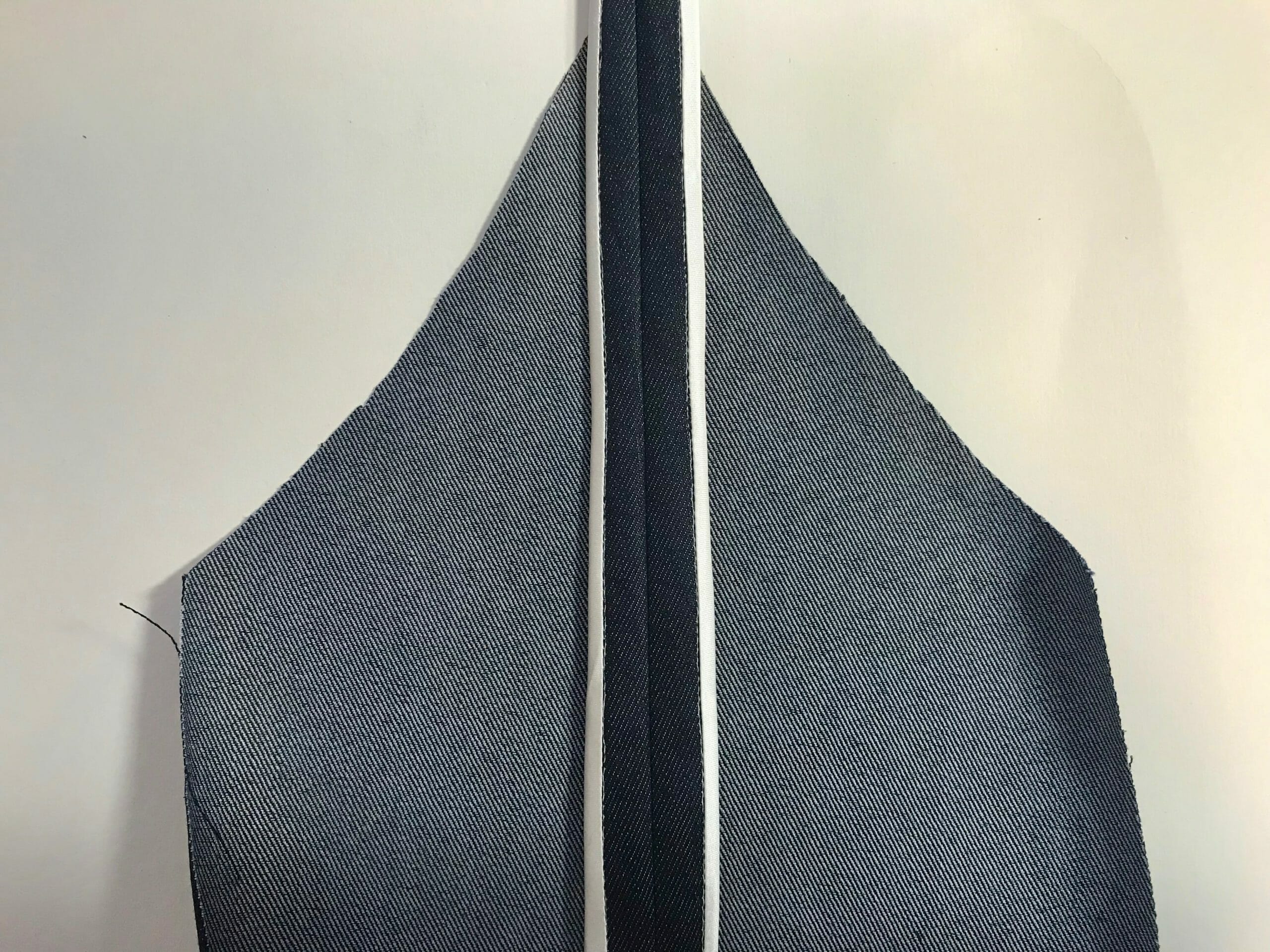
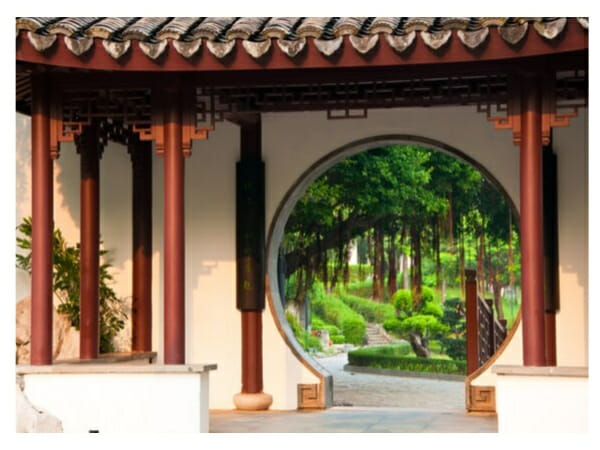
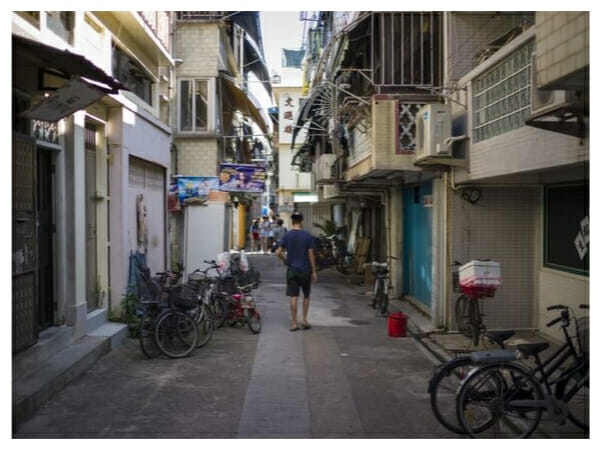


This looks interesting. Would you use the edge stitch foot for sewing the bias on. Must give it a go. Thank you.
Hi Elizabeth, absolutely, if that makes your work easier, I can see the merit if you are using the stitch on the ditch technique.
Love your blog
This comment made my day! Much love to you!
What about using the French Seam. That would not require additional materials. Just sew and sew the seam again.
What about it? There’s plenty of different seam finishes and they all have their merits. I personally prefer a Hong Kong seam because they’re more visually interesting, but I use a French seam when I’m sewing a garment that is sheer. I use felled seams when I’m making things like cotton nightgowns or clothes for my kids that are going to be washed often.
I don’t think the author was implying that one finish was better than another.
No, I was not, but it is my preferred way to finish an unlined garment, and yes, I agree with you all depends on the fabric you are using. The HK finish is the perfect method for an unlined trench coat, but if you want to finish fast, a serger with four threads will do just fine.
Indeed but the french seam is hard to apply on a curve and on bulky fabrics, it is best for sheer and delicate fabrics.